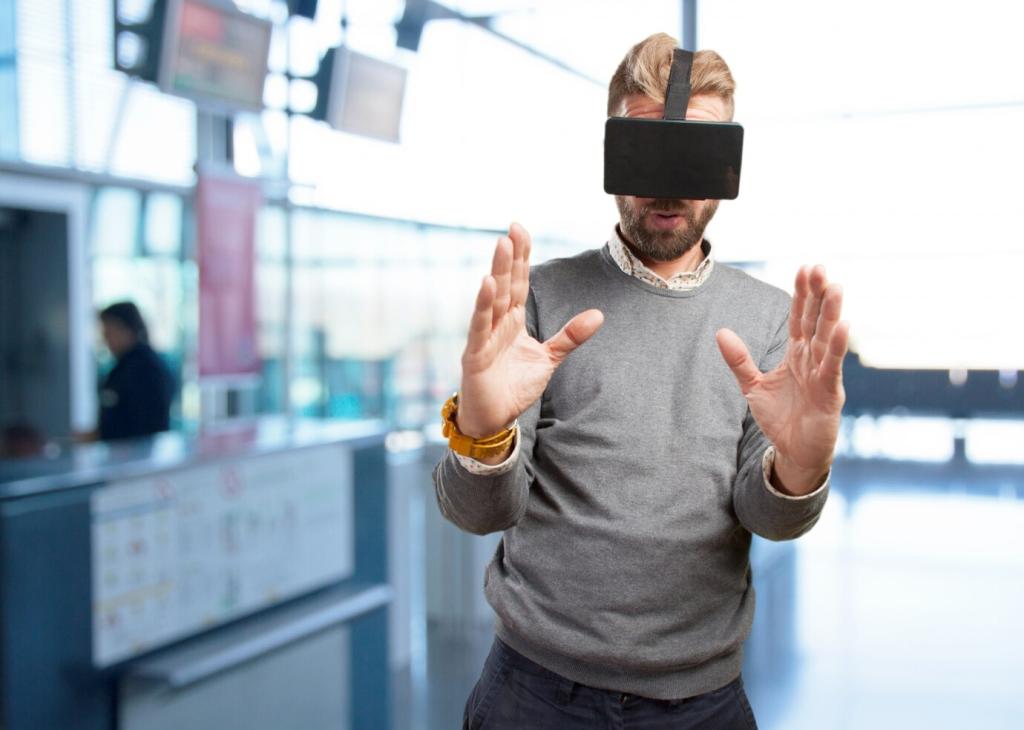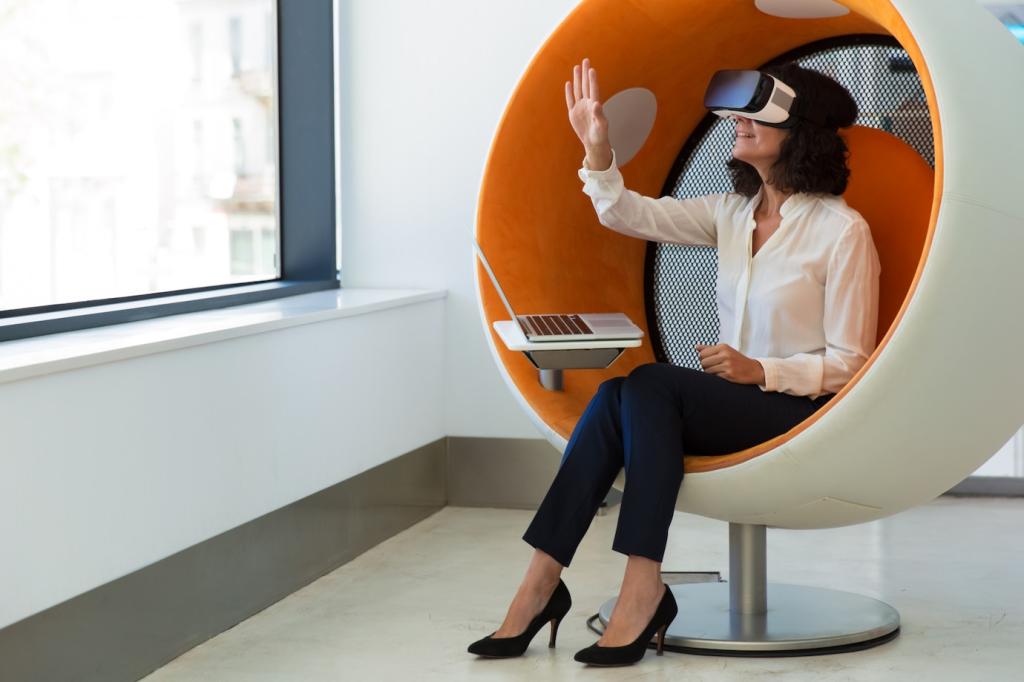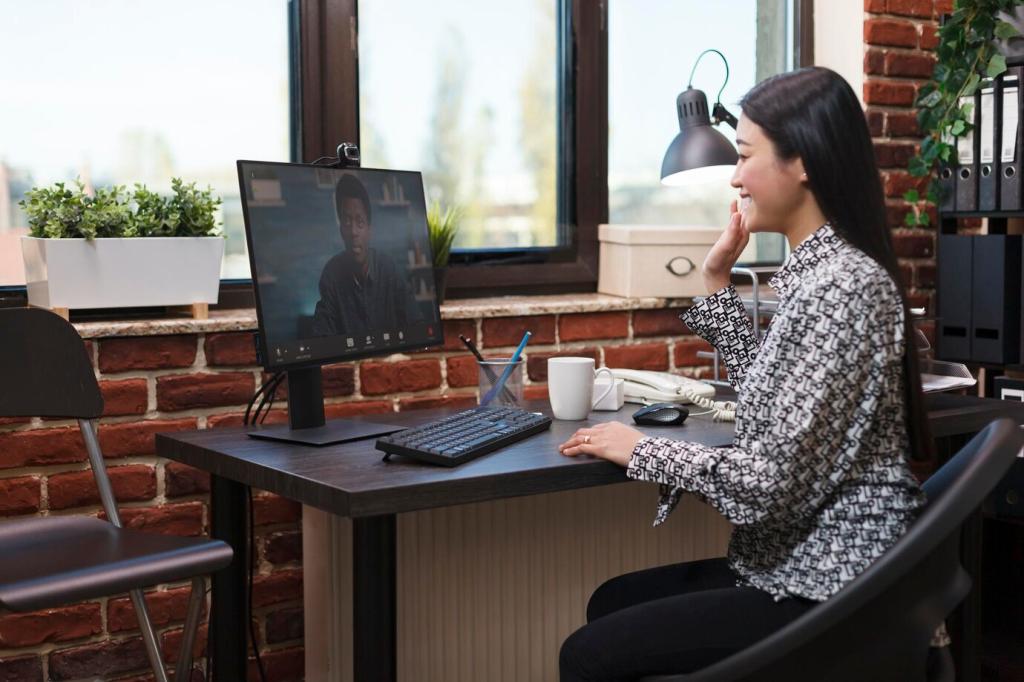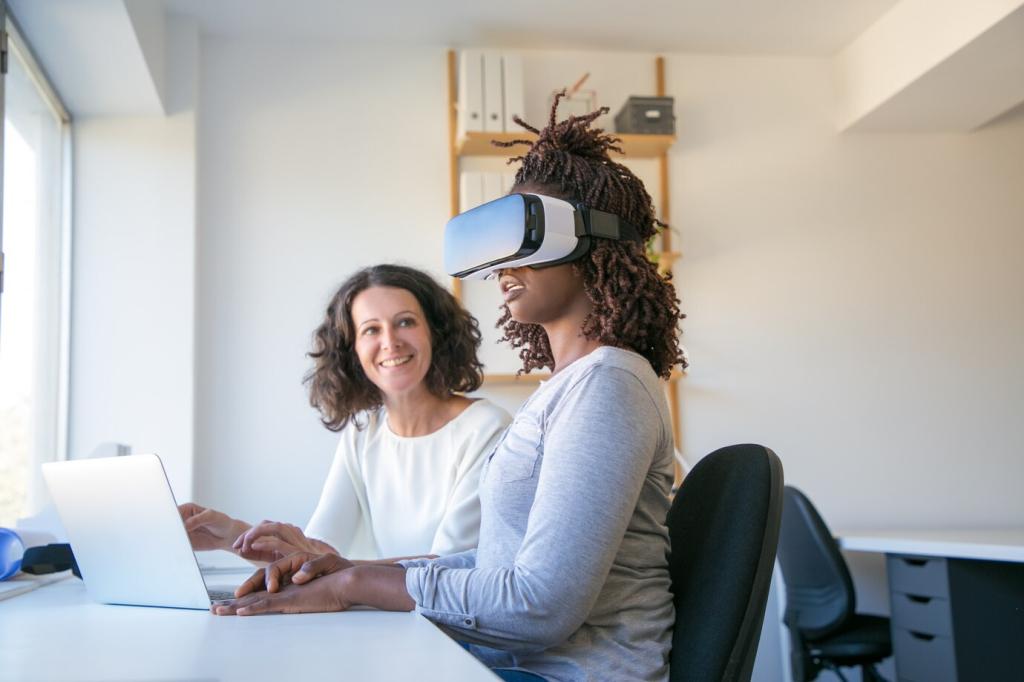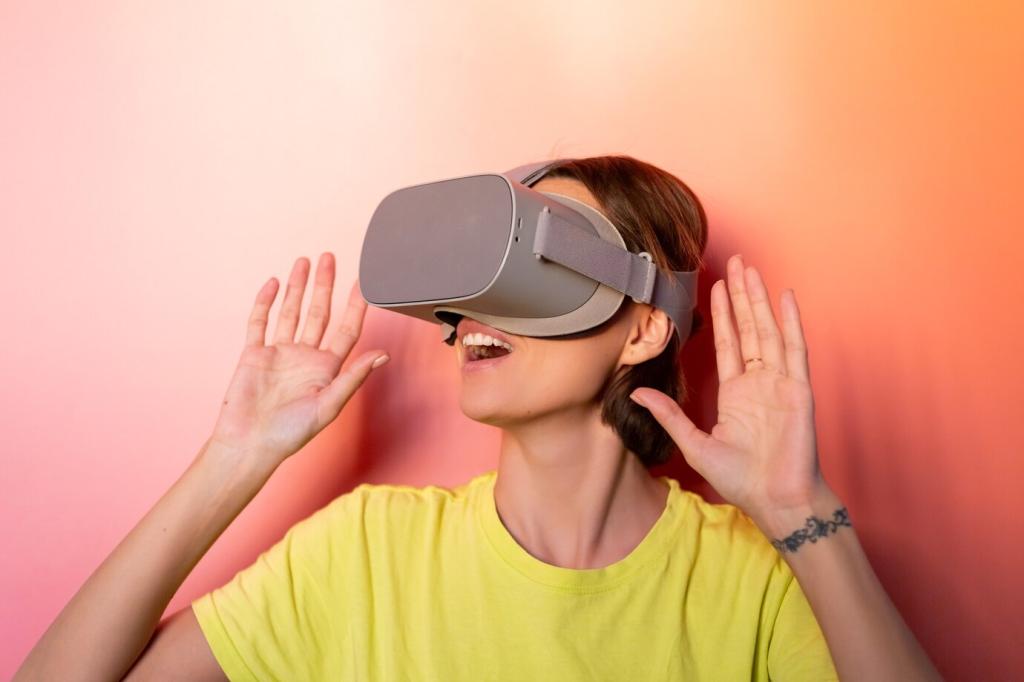Understand VR Constraints and Comfort
Target stable framerates first, then distribute triangles wisely. Use multiple levels of detail, enforce silhouette integrity, and embrace hierarchical LODs for clusters. Budgets vary by platform, so profile early and adjust aggressively to keep scenes responsive.
Understand VR Constraints and Comfort
Treat one unit as one meter, align pivots thoughtfully, and verify object heights with headset on. Incorrect scale breaks depth cues and comfort. Calibrate avatars, doors, and props against human proportions to reduce strain and avoid subtle motion discomfort.

